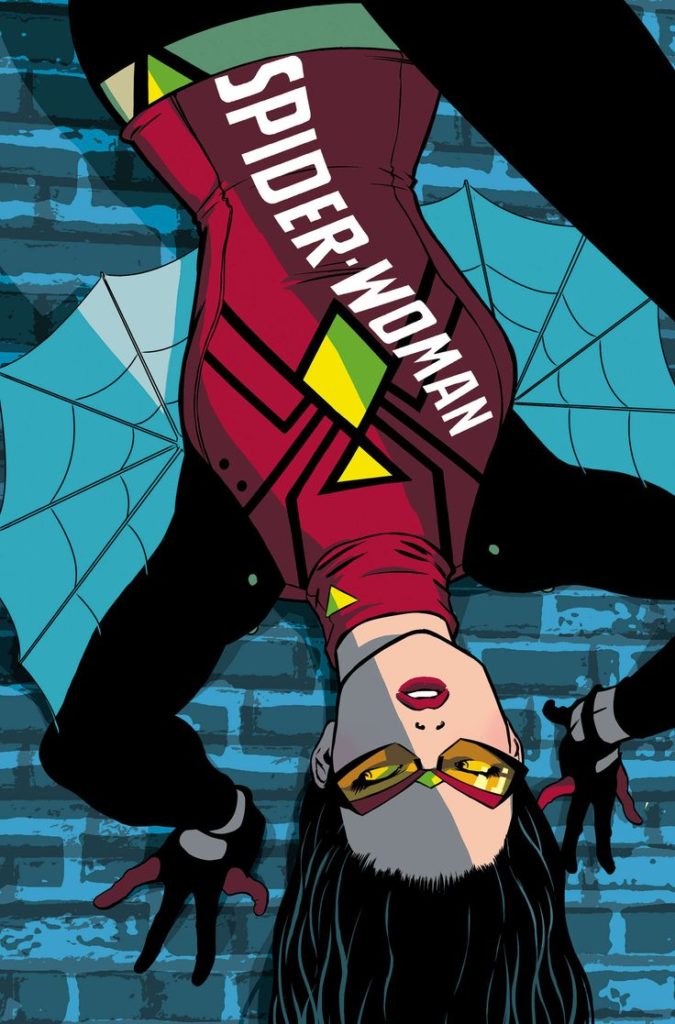If you are lucky (or: extraordinarily talented or beloved) you may start a trend, but most times you wind up following one.
I think about that maxim frequently. It applies to movies, memes, restaurants, fashion, start-ups, and comic books. To me the application where it is most obvious is in the music industry.
Bands making an album always have three choices – be themselves, try to match the current popular sound, or try to invent a new one.
A useful context to consider this within is Amy Winehouse. People were doing throw-back-y, Motown-influenced songs before Back to Black, but they weren’t all that popular. She already had a retro vibe of her own, but it was more jazz and classic R&B influenced, and she was moderately successful in the UK. When she went into the studio with Mick Ronson to make Back to Black, they had a choice: be the same Amy as before, try to ape current radio hits to expand her reach, or try to do something new.
That something new not only meant success for Amy Winehouse. It set a trend. Other acts started following the trend. Existing artists dabbled in the sound. I’m convinced that ten years later its trickle-down effect is fractionally responsible for the success of “All About That Bass” and Nathaniel Rateliff and The Night Sweats.
Whether it’s true of either of those two artists, they bring an interesting subtext to the maxim: what if the trend you wind up following makes you better than you were before? I’d call that a successful pivot, and now we are into start-up territory (or at least, start-up language). Maybe staying the course has proven only moderately successful and you have no idea how to set the next trend. Perhaps the current trend could make you your best self?
This plays itself out in a constant bust and boom in each of the industries I already named. It’s easy to follow with comics, because they are so visual and their success or failure is typically swift and obvious. Marvel had a hit with the “indie-style” Matt Fraction Hawkeye’s starting in 2012 that did nothing like a superhero comic – not the story, the art, or even the colors. Its massive success (and, to a degree, the reception to Mark Waid’s Daredevil the year before) was a reminder that superheroes seen as B-list characters who couldn’t maintain a book might survive by trying something different.
As with Back to Black, I think we’ll continue to see Hawkeye’s wake sweep through comics for years to come, but at Marvel “The Hawkeye Pivot” has quickly turned into a repeatable blueprint: write a small-ball story about how everything is local; give it some modern-day credibility through language or culture; pair it with an artist who doesn’t draw typically muscly/ busty superheroes; and use flat. less-shiny colors.
 What’s so fascinating about the brief 10-issue run of Dennis Hopeless’s Spider-Woman is that it started out in the most flashy superhero mode possible – mid-crossover, illustrated by pin-up king Greg Land – and then abruptly executed “The Hawkeye Pivot” mid-run.
What’s so fascinating about the brief 10-issue run of Dennis Hopeless’s Spider-Woman is that it started out in the most flashy superhero mode possible – mid-crossover, illustrated by pin-up king Greg Land – and then abruptly executed “The Hawkeye Pivot” mid-run.
Did it work?
Spider-Woman, Vol. 2 – New Duds 

Collects Spider-Woman (2015) #5-10 written by Dennis Hopeless with pencils by Javier Rodriguez, inks by Alvaro Lopez, colors by Rodriguez and Muntsa Vicente, and issue #10 line art by Natacha Bustos with color art by Vero Gandini.
#140char review: Spider-Woman’s New Duds was more than a costume change; Hopeless pivots Jess Drew to new status quo w/Rodriguez art.
CK Says: Consider It.
Dennis Hopeless reinvents Spider-Woman in the vein of former boyfriend Hawkeye and Superior Foes of Spider-Man alongside artist Javier Rodriguez and manages to make it feel like organic character growth.
That’s quite the feat, especially considering both of those series had the ability to start fresh with their more lighthearted tones. Hopeless pulls it off mid-run, going from the high-wire of Spider-Verse tie-in issues with Greg Land to a new look and direction here. [Read more…] about Review: Spider-Woman (2015) Vol. 2 – New Duds, by Hopeless, Rodriguez, Lopez, & Bustos